Flat Headed Cat Facts
- The truly remarkable and unique Prionailurus planiceps, also known as the Flat Headed Cat, represents yet another extremely rare variety of wild feline.
- Consequently, the IUCN currently lists it as Endangered, and habitat loss serves as the primary threat to its existence.
- Estimates of its current population place the number of extant individuals of this animal at no more than 2,500.
- The Flat Headed Cat also remains extremely rare in captivity. Fewer than 10 specimens presently exist in captivity.
- Finally, all of these live in zoos located in Thailand and Malaysia.
Related Articles
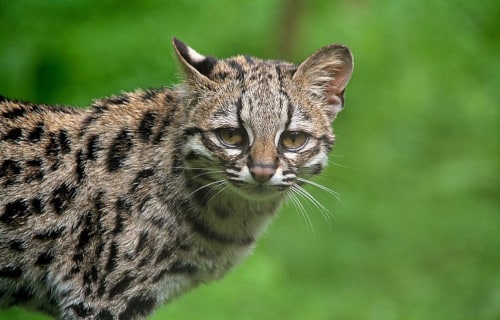
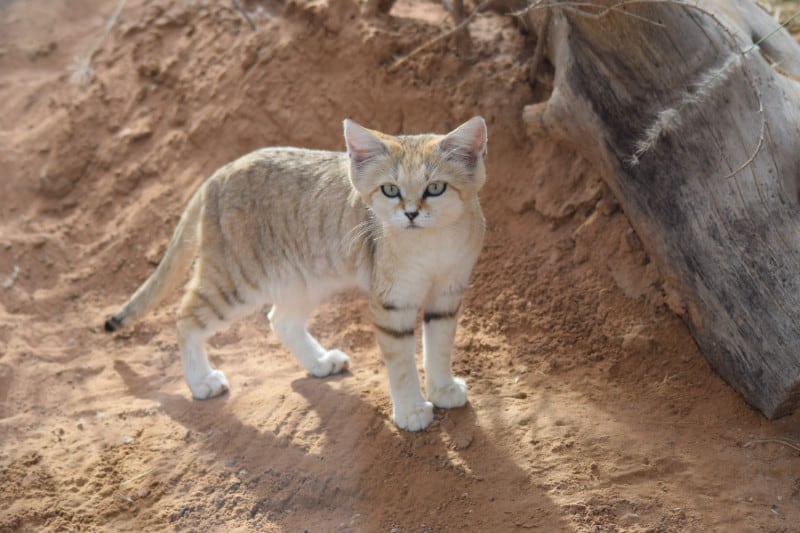

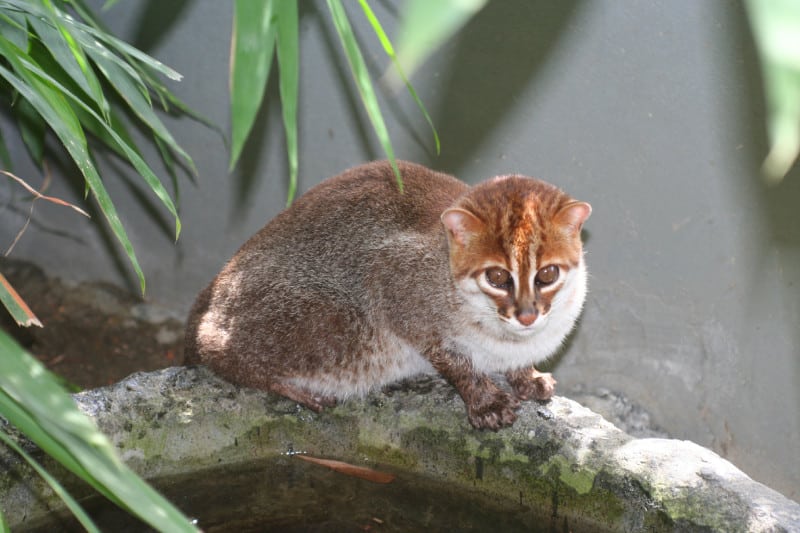
Flat Headed Cat Physical Description
The fascinating Flat Headed Cat draws its name from its rather distinctive cranial structure. Relative to other felines, its skull grows highly flattened.
The body stays generally slender in shape, and the legs of the mammal grow slightly longer than average for a feline. The species also possesses a unique dental structure as well.
In color, it typically shows a reddish brown to dark brown on top. The underbelly generally appears a mottled white in color.
Head and body length averages about 20 in (50 cm), and the tail averages roughly 6 in (15 cm) in length. The average weight also totals about 5.5 lb (2.5 kg).
Relative to body size, its canine teeth measure almost twice the length of other felines.
- Kingdom: Animalia
- Phylum: Chordata
- Class: Mammalia
- Order: Carnivora
- Family: Felidae
- Genus: Prionailurus
- Species: P. planiceps
Flat Headed Cat Distribution, Habitat, and Ecology
The Flat Headed Cat is very restricted in its distribution. This animal is a small species of wildcat native to Borneo, Sumatra, and the Thai-Malay Peninsula, in Asia. Its distribution appears to be extremely patchy.
Within its native range, it occurs almost exclusively in tropical rainforests. Both primary and secondary such forests will be occupied.
The species primarily inhabits freshwater habitats within these forests. Its preference for proximity to water appears to be a common trait.
The rather impressive small mammal primarily consumes fish from small streams and ponds, although it will take other prey.
Very few specimens are observed more than 2 mi (3 km) from the water. The Flat Headed Cat also appears to prefer sections of rainforest either in lowland areas or near coastal regions.
Species Sharing Its Range
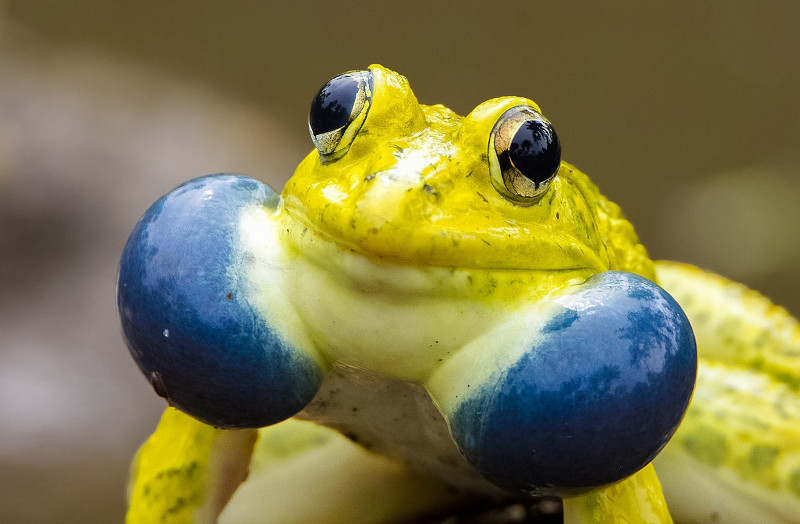
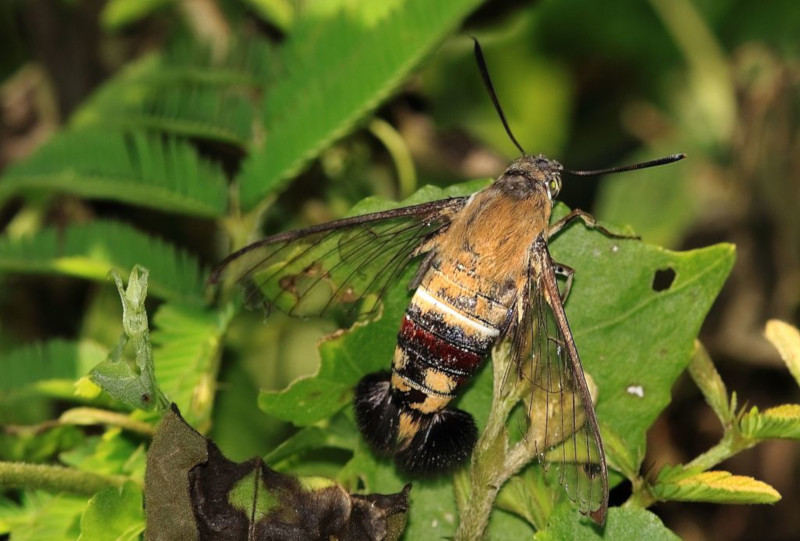
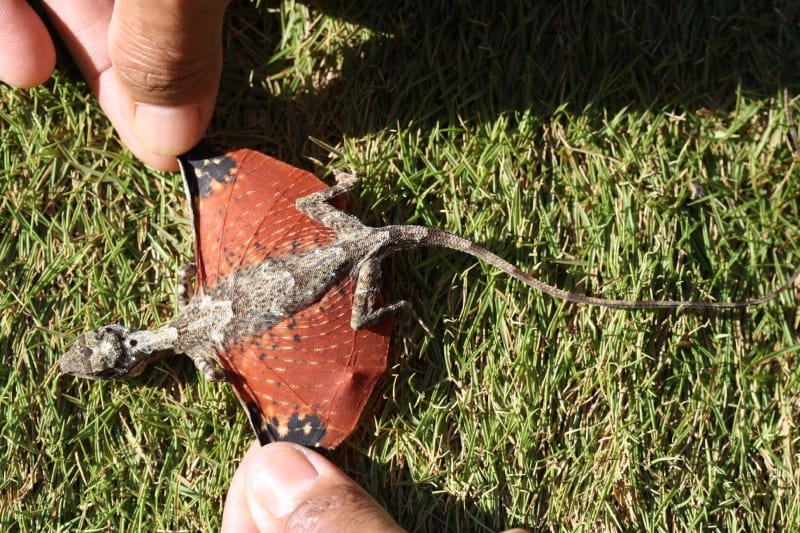
Check out our other articles on 3 Marvelous Mammals of Mongolia, Eurasian Red Squirrel, Mount Kinabalu, Orange Wattle, Executioner Wasp, Rose’s Ghost Frog, American Alligator
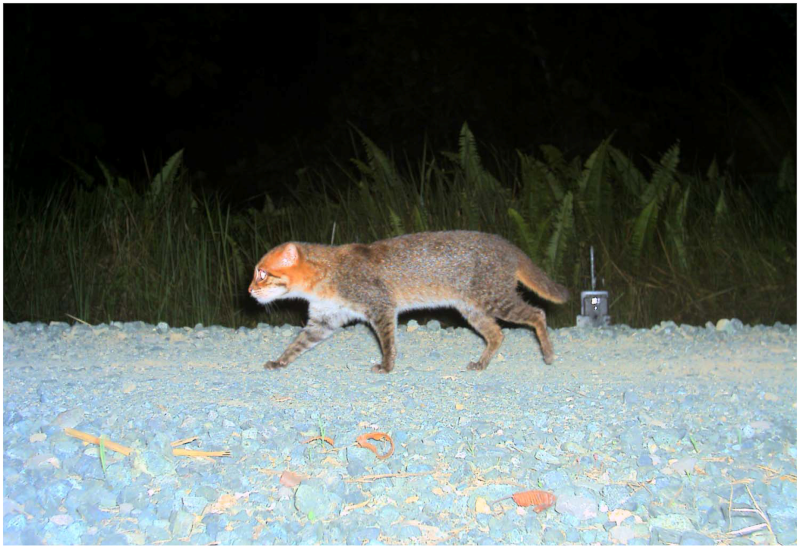









Leave a Reply